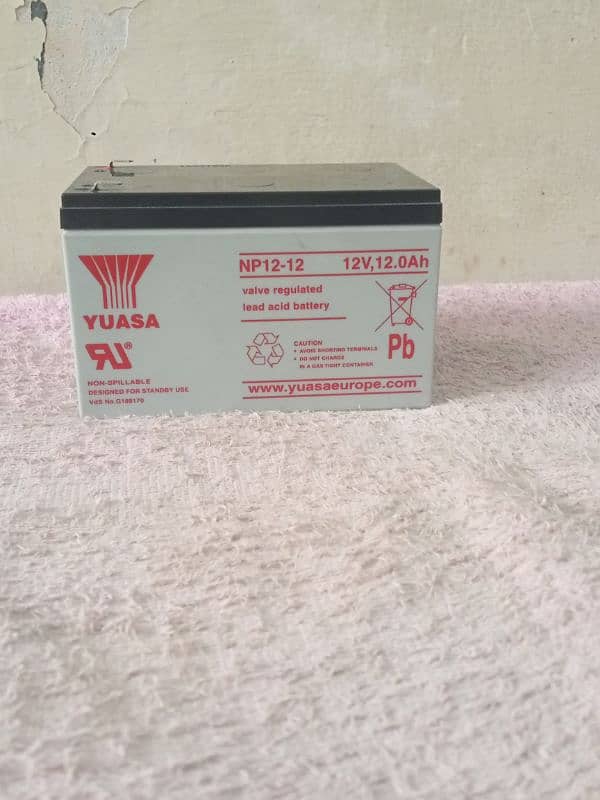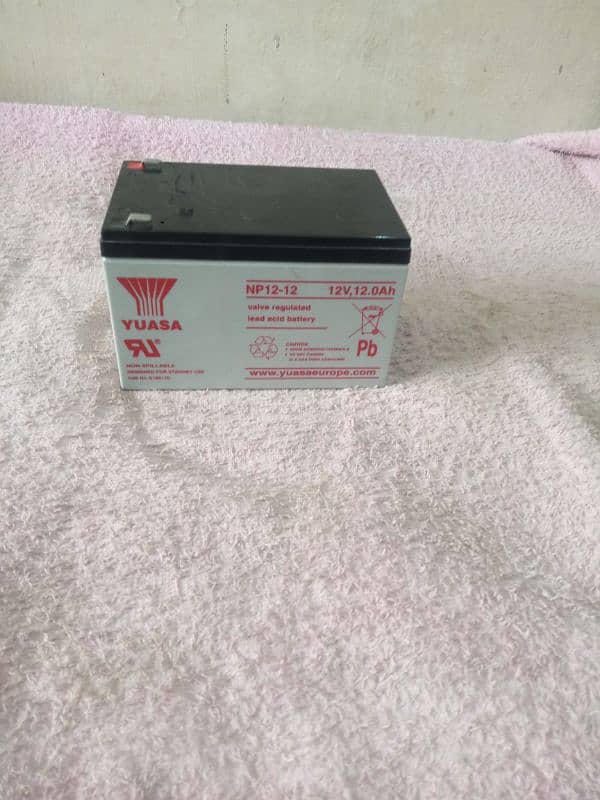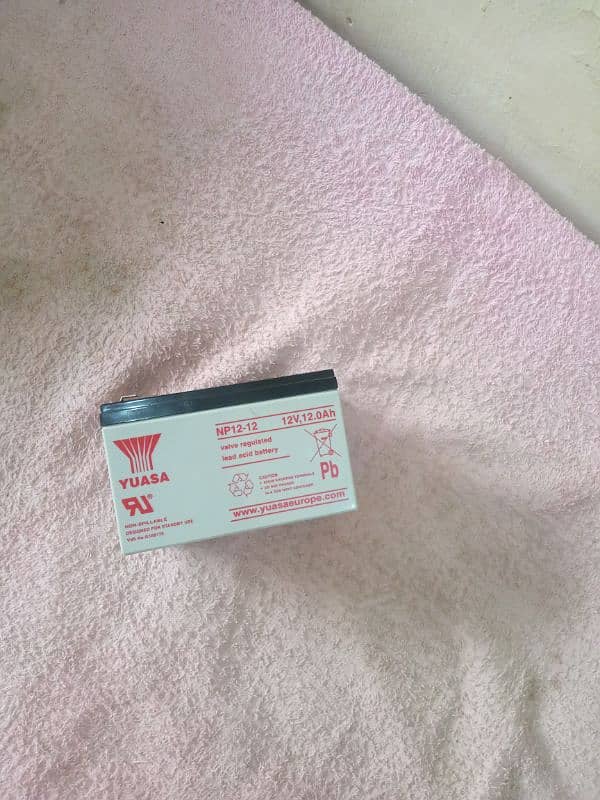1 / 3
Details
TypeLead Acid
BrandOthers
Battery Capacity12v
ConditionNew
Description
Lead-acid batteries are one of the oldest types of rechargeable batteries, widely used in various applications due to their reliability, cost-effectiveness, and ability to supply high surge currents. Here’s an overview of their main features and components:
1. Basic Components
Electrodes: Lead-acid batteries have two main electrodes: the positive electrode (lead dioxide, PbO₂) and the negative electrode (pure lead, Pb).
Electrolyte: A solution of sulfuric acid (H₂SO₄) acts as the electrolyte, facilitating the flow of ions between the electrodes during charging and discharging.
Separator: Placed between the two electrodes to prevent short-circuiting, while allowing ion flow.
2. Working Principle
Discharge: During discharge, lead dioxide at the positive electrode and lead at the negative electrode react with sulfuric acid, forming lead sulfate (PbSO₄) and releasing electrical energy.
Charge: When charging, the process reverses, converting lead sulfate back into lead dioxide and lead, while restoring sulfuric acid concentration in the electrolyte.
3. Types of Lead-Acid Batteries
Flooded Lead-Acid (FLA): These have a liquid electrolyte, require regular maintenance, and need to be kept upright.
Sealed Lead-Acid (SLA): These are sealed, maintenance-free versions, including Absorbed Glass Mat (AGM) and Gel batteries, often used in environments where leakage would be a problem.
4. Advantages
Cost-Effective: Lead-acid batteries are relatively affordable and have a low manufacturing cost.
High Reliability: Known for being durable and able to withstand deep discharges.
High Surge Current: Ideal for applications like engine starters where high current is required.
5. Limitations
Weight: Lead-acid batteries are heavier than other types, such as lithium-ion.
Limited Lifespan: They have a shorter cycle life, especially when deeply discharged frequently.
Maintenance: Flooded types require periodic maintenance, such as topping up with distilled water.
Slow Charging: Charging times are generally slower than more modern battery technologies.
6. Applications
Automotive: The most common use is in car batteries for starting, lighting, and ignition.
Backup Power: Widely used in uninterruptible power supplies (UPS) and emergency lighting.
Renewable Energy Systems: Often found in off-grid systems for energy storage.
Lead-acid batteries are a tried-and-true technology with a long history of effective use, though other types like lithium-ion are often preferred for newer applications due to better energy density and longer lifespan.
Listed by private user
Hassan Mutloob
Member since Nov 2024
See profile
Location
Pakistan
Ad id 1094838000
Report this ad


